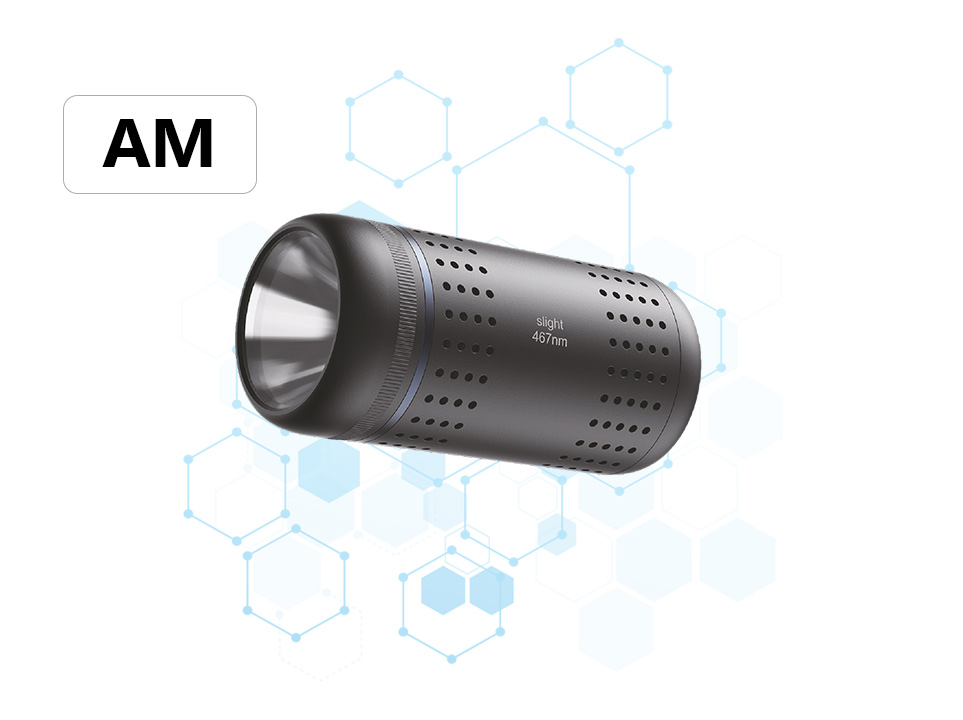Characteristics and Application Scenarios of UV-LED Photoreactor
Characteristics of UV-LED Photoreactor
High Efficiency and Energy Saving: UV-LEDs have high luminous efficiency. Compared with traditional mercury lamps, they can convert more electrical energy into ultraviolet light, significantly reducing energy consumption and operational costs.
Precise Wavelength: They can precisely emit ultraviolet light at specific wavelengths, such as UVA (320 - 400 nm) and UVB (280 - 320 nm), meeting the strict wavelength requirements of different chemical reactions and improving reaction selectivity and efficiency.
Long Lifespan: Their service life can reach tens of thousands of hours, much longer than that of traditional mercury lamps. This reduces the hassle and cost of frequent light source replacement and lowers maintenance workload.
Environmentally Friendly and Safe: They do not contain harmful substances such as mercury, causing no environmental pollution. Moreover, they start up quickly without preheating and can instantly reach the maximum light intensity, making operation safer and more convenient.
Application Scenarios
Water Treatment: In sewage treatment plants, they can effectively degrade organic pollutants and kill bacteria and viruses in water, improving water quality. In household water purification equipment, they can also ensure the safety and hygiene of drinking water.
Chemical Synthesis: In the field of organic synthesis, specific wavelengths of ultraviolet light can be used to initiate photochemical reactions, enabling some synthesis reactions that are difficult to achieve through traditional methods and improving product purity and yield.





